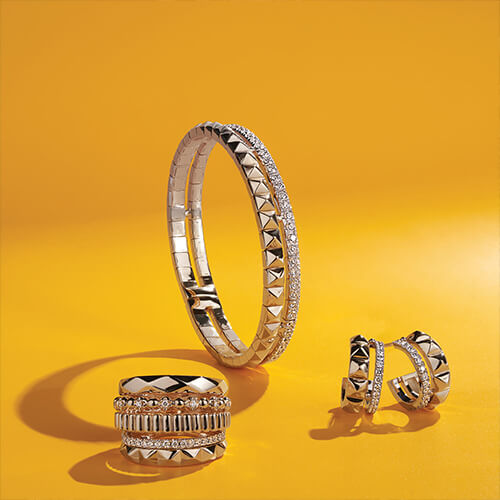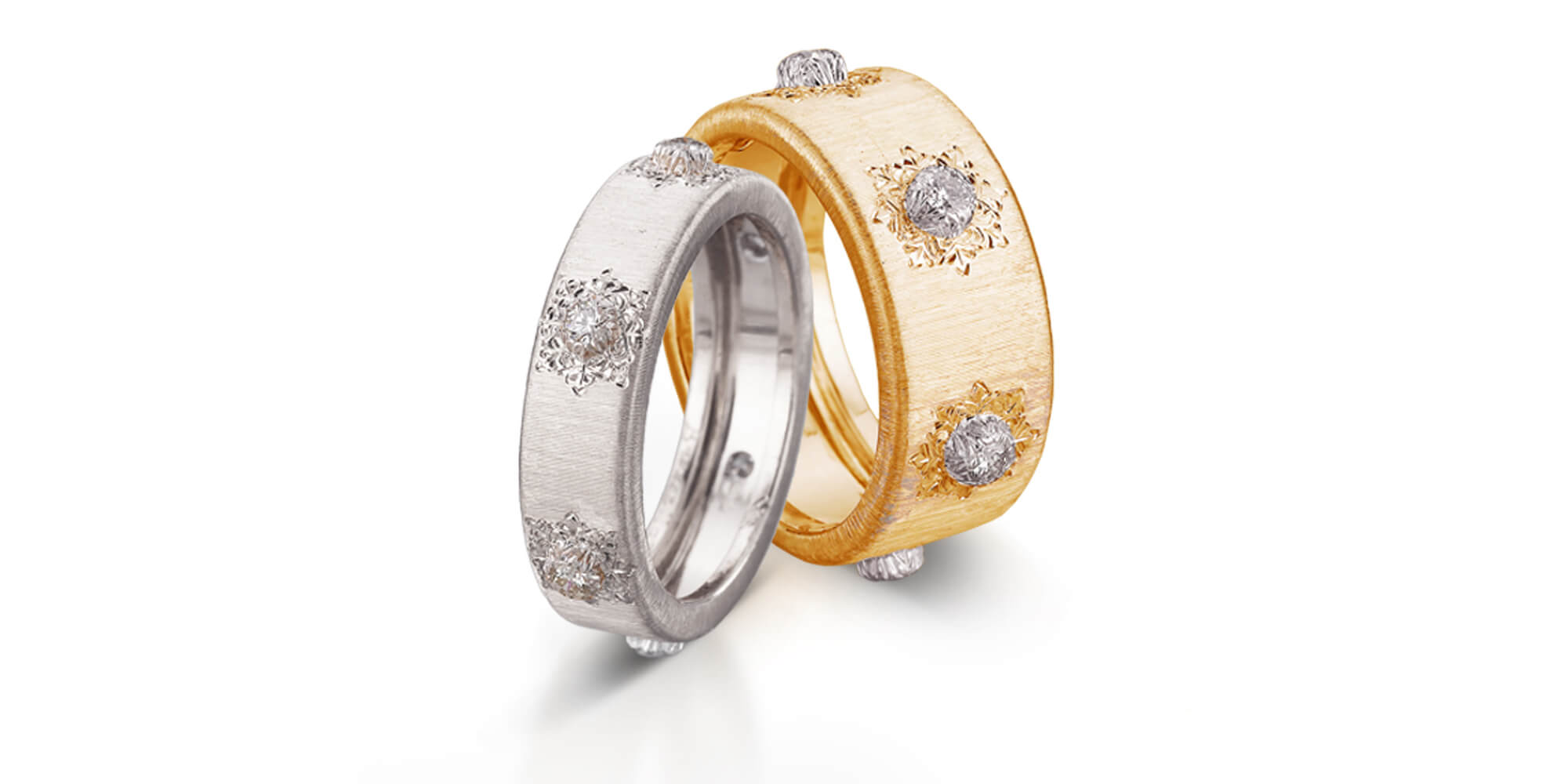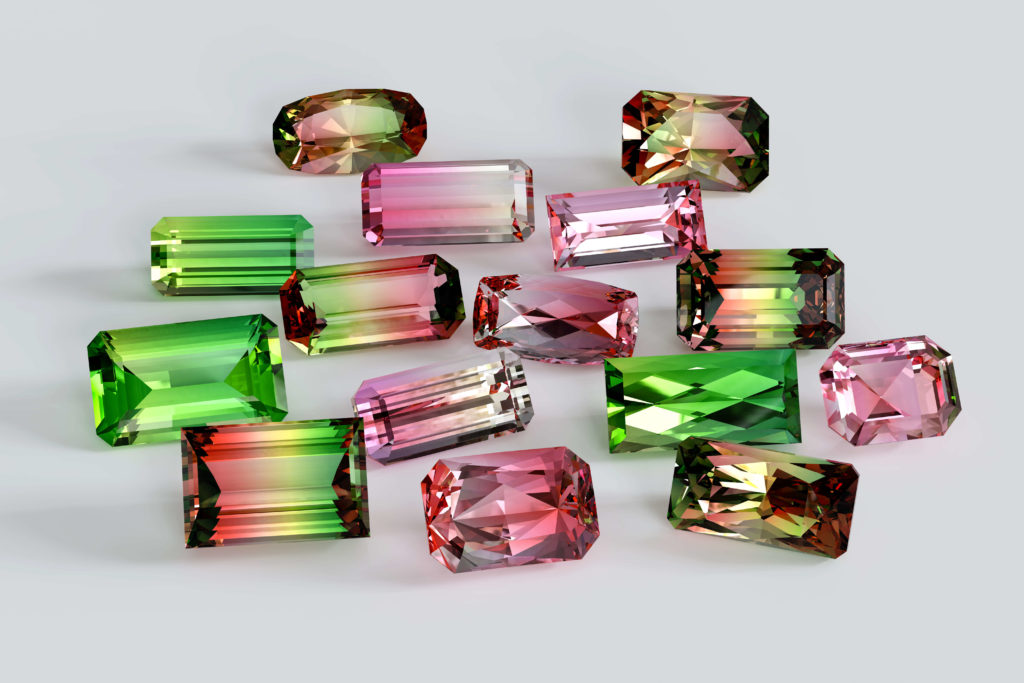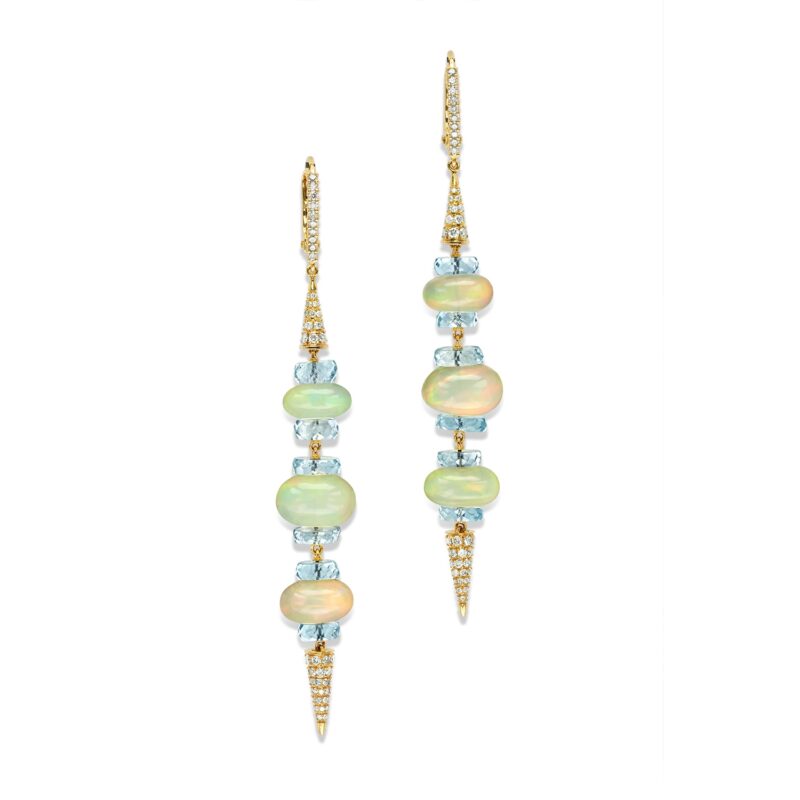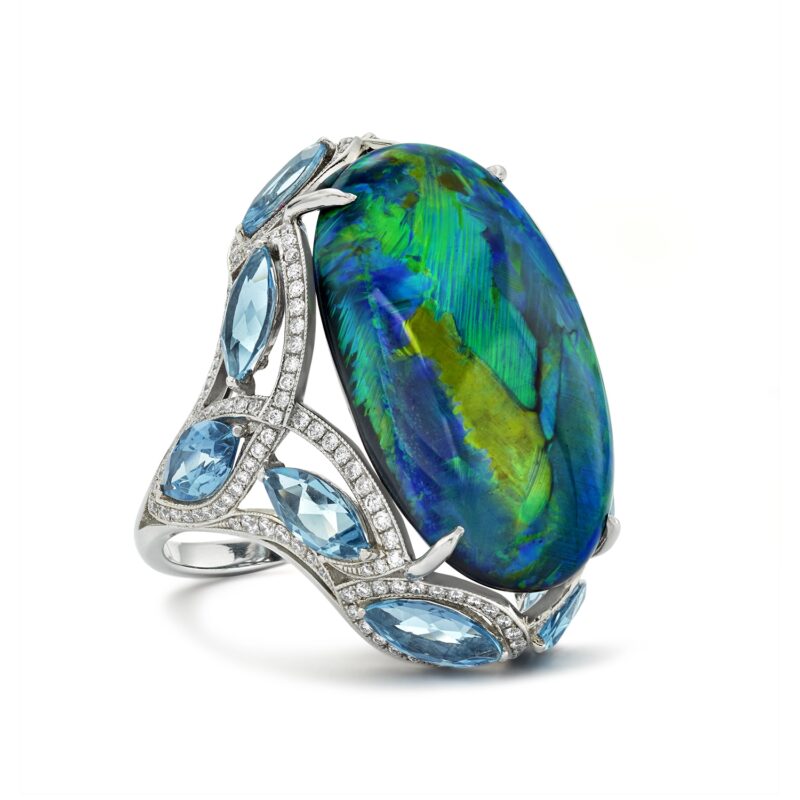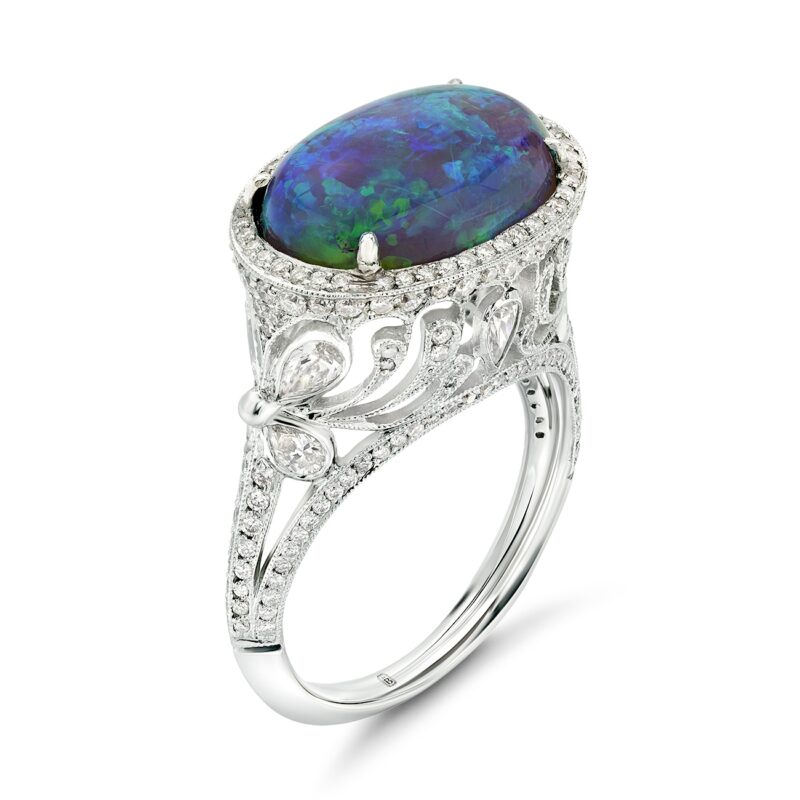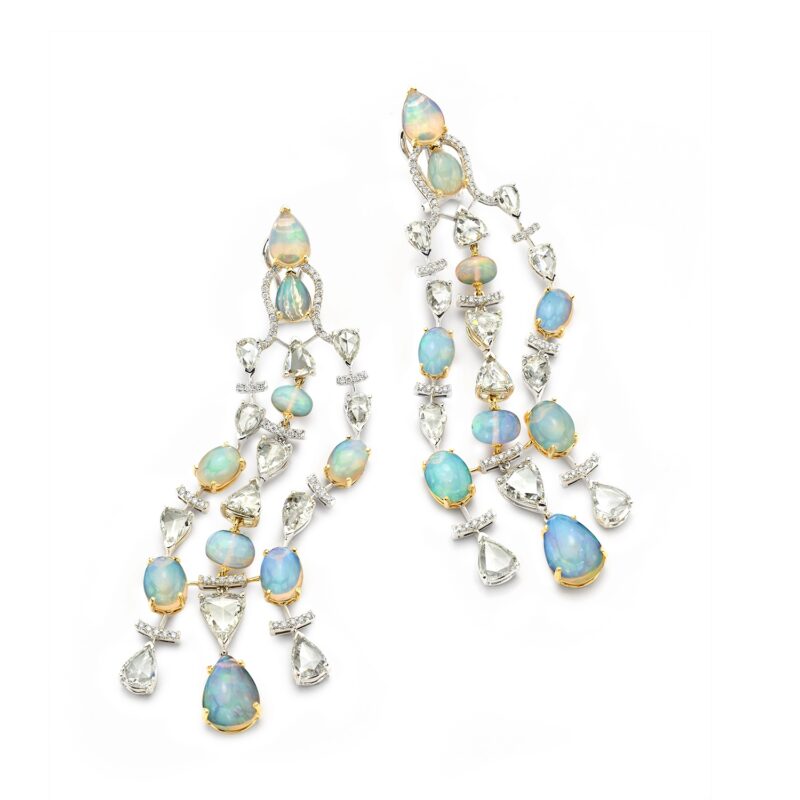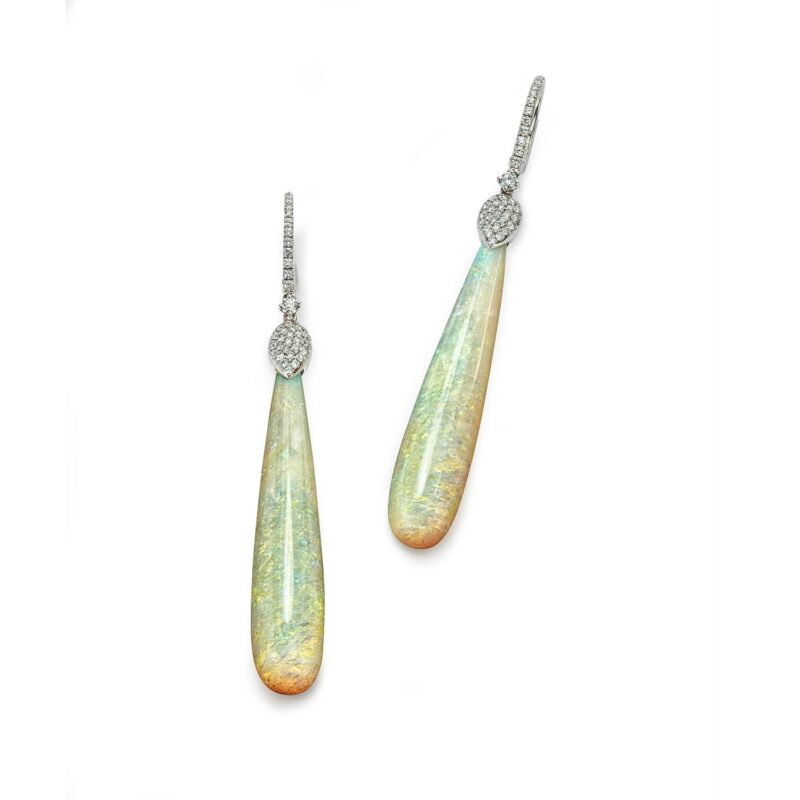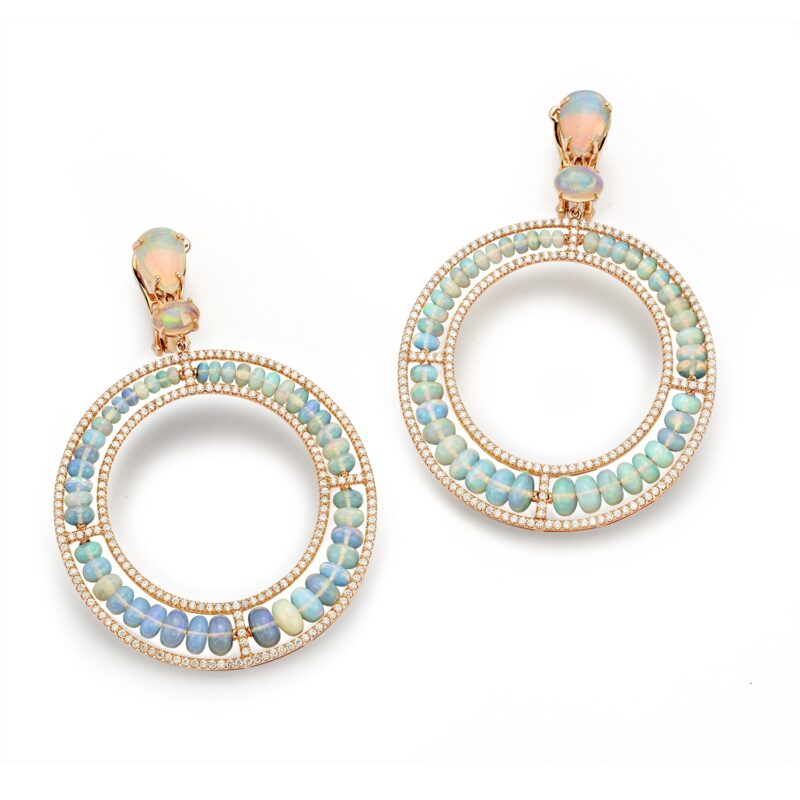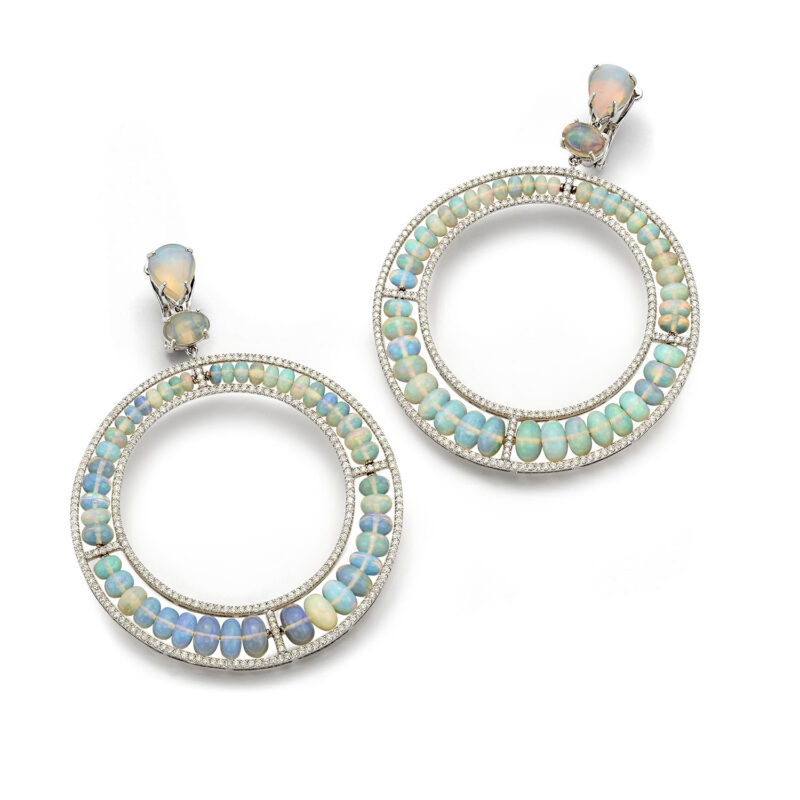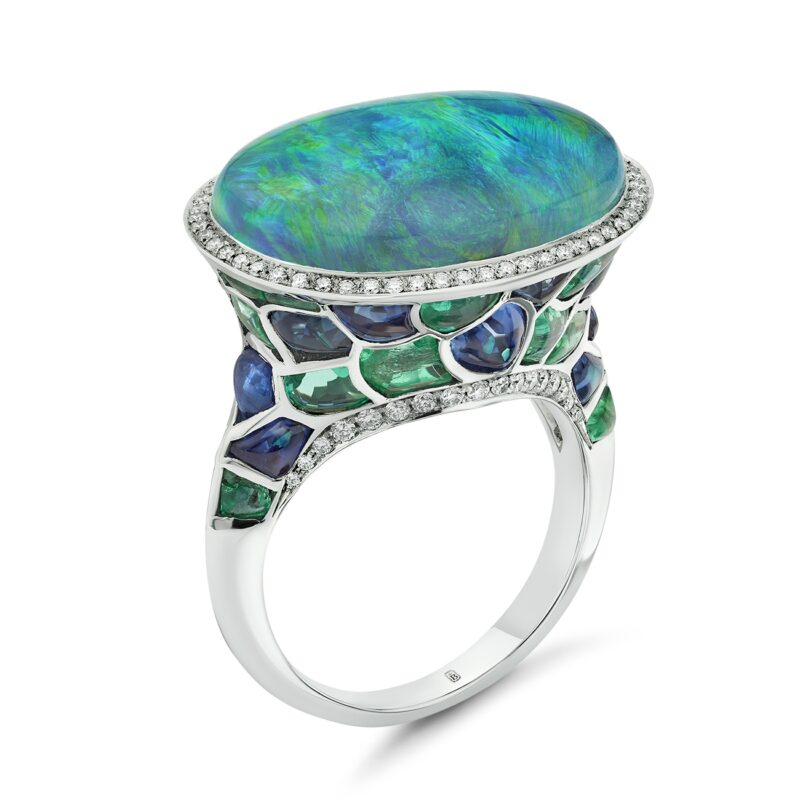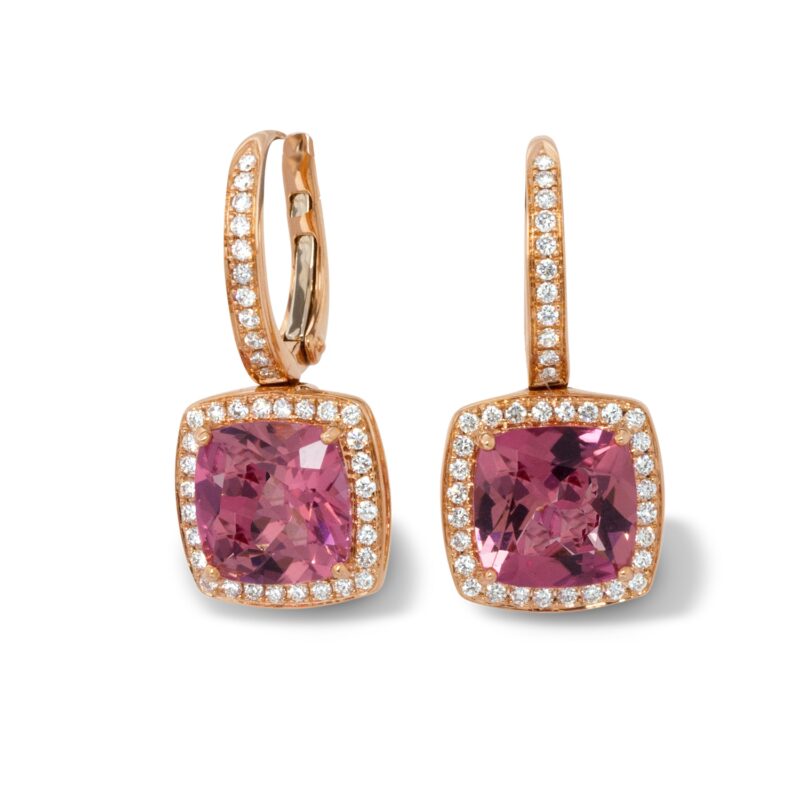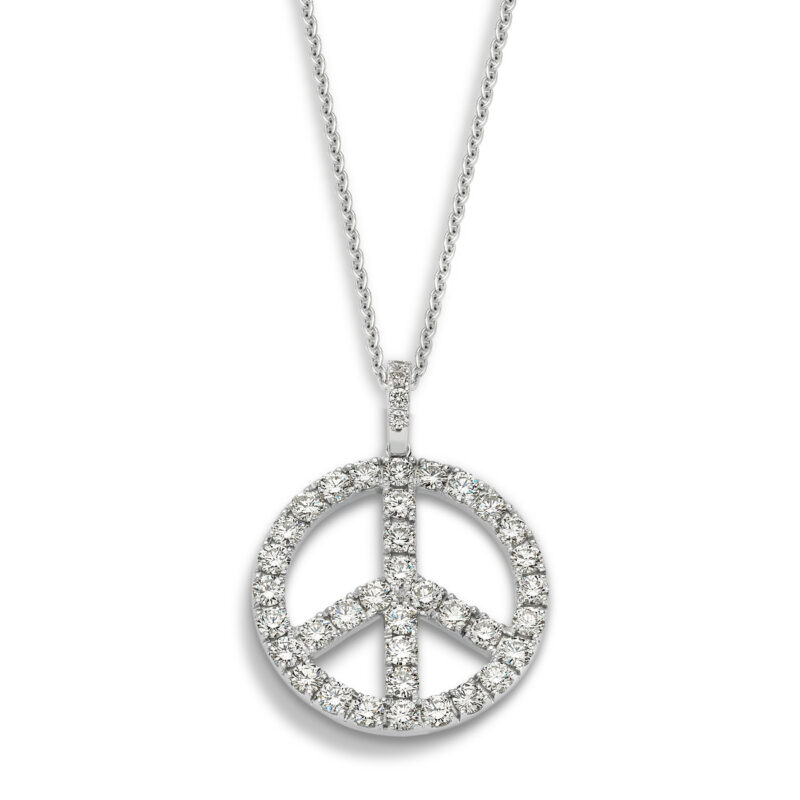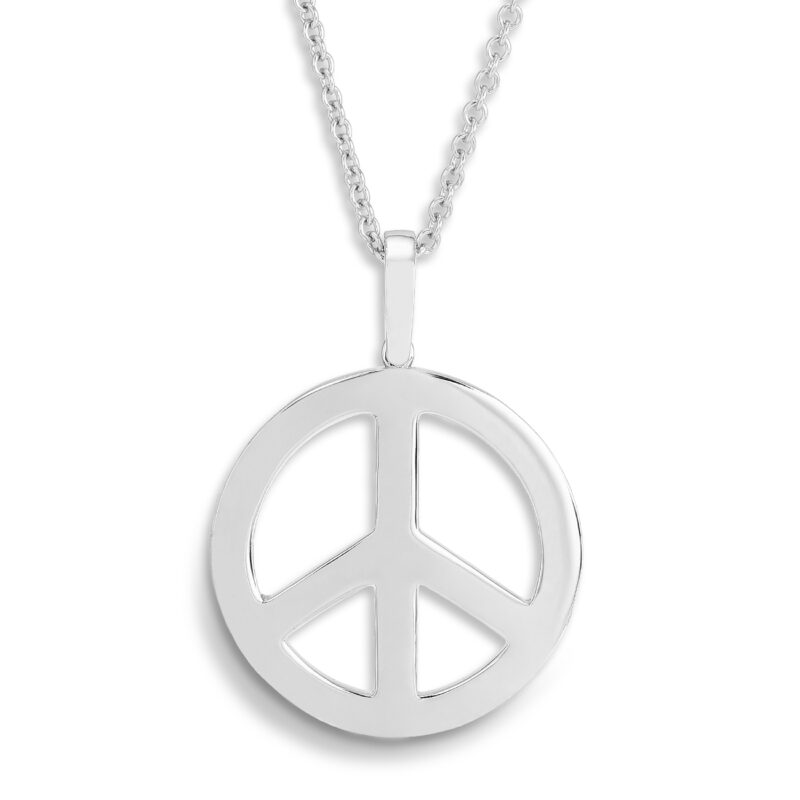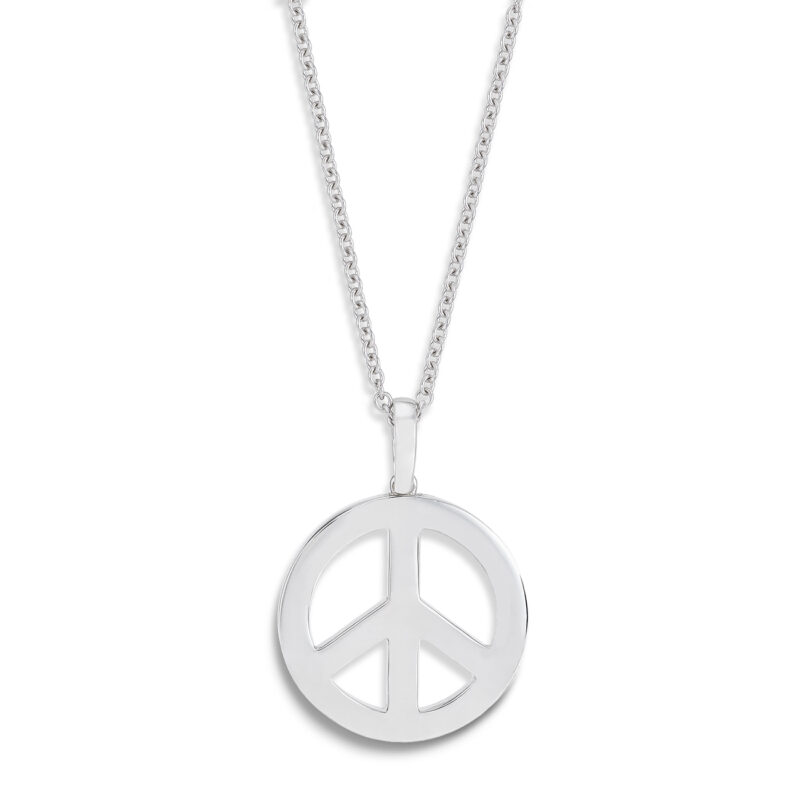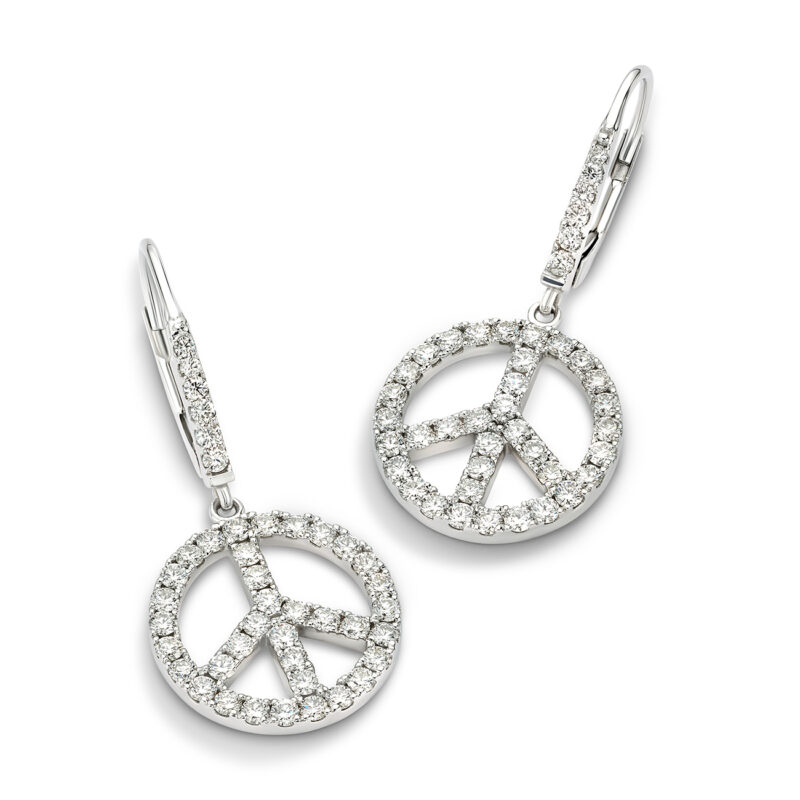Individuals born in October get to choose birthstones — opal or tourmaline. Each birthstone comes in a rainbow of shades and color combinations, giving October babies a variety of options.
Opal:
Opal is considered the traditional October birthstone. Flashes of color found in opal create a one-of-a kind color fusion and demonstrates “play-of-color.” Play-of-color occurs when light catches an opal and produces a burst of colors. Opal is as distinctive as a fingerprint and has influenced writers comparing it to “fireworks, galaxies and volcanoes.”
Throughout most of history, it has been deemed as the luckiest and most magical of all gems since it can produce all colors. Opal acquired its name from the ancient Greek Opallios and Latin Opalus-it means “to perceive a color change.” Opals are found throughout the world and include Czechoslovakia, Canada, Mexico, Kenya, Peru, Brazil, Honduras, and the USA—however, Australia is known to have a very impressive diversity of alluring opals.
This semi-precious stone signifies faithfulness and confidence and is also presented when celebrating the 14th wedding anniversary. Warm, soapy water is the safest way to clean opal.
Tourmaline:
Tourmaline is considered the modern October birthstone. Tourmaline is favored for its vibrant diversity that is found in each gemstone. It can appear to have more than one color when you move it and view it from different angles. It has been said that this gemstone has the widest color range and the lighter colors are valued more than the darker colors. Colors in Tourmaline range from pink to green to red to blueish green to colorless to black.
The name tourmaline comes from the word tormalli in Sinhalese—meaning “stone with mixed colors.” Many have said tourmaline has a color palette for every mood and conceivably it is why ancient mystics thought this gemstone influenced artistic expression. Oftentimes, tourmaline is mistaken for other types of gemstones; red or rubellite tourmaline was confused as rubies and green tourmaline was thought to be emerald. It wasn’t until the 1800s when scientists were able to discern tourmaline as a distinct mineral species and found that many stones had been mistaken. It is mostly found in Brazil, but has also been mined in Pakistan, Kenya, Afghanistan, Mozambique, Madagascar, and other countries in Africa. In the United States, Maine and California are recognized as chief producers.
Pink tourmaline is said to symbolize love and correlates with compassion and tenderness. Green tourmaline embodies courage, strength, and stamina. Many believe that black tourmaline protects those who wear it and promotes self-confidence. Tourmaline is also given when celebrating the 8th wedding anniversary. Warm, soapy water is the safest and best way to clean tourmaline.
